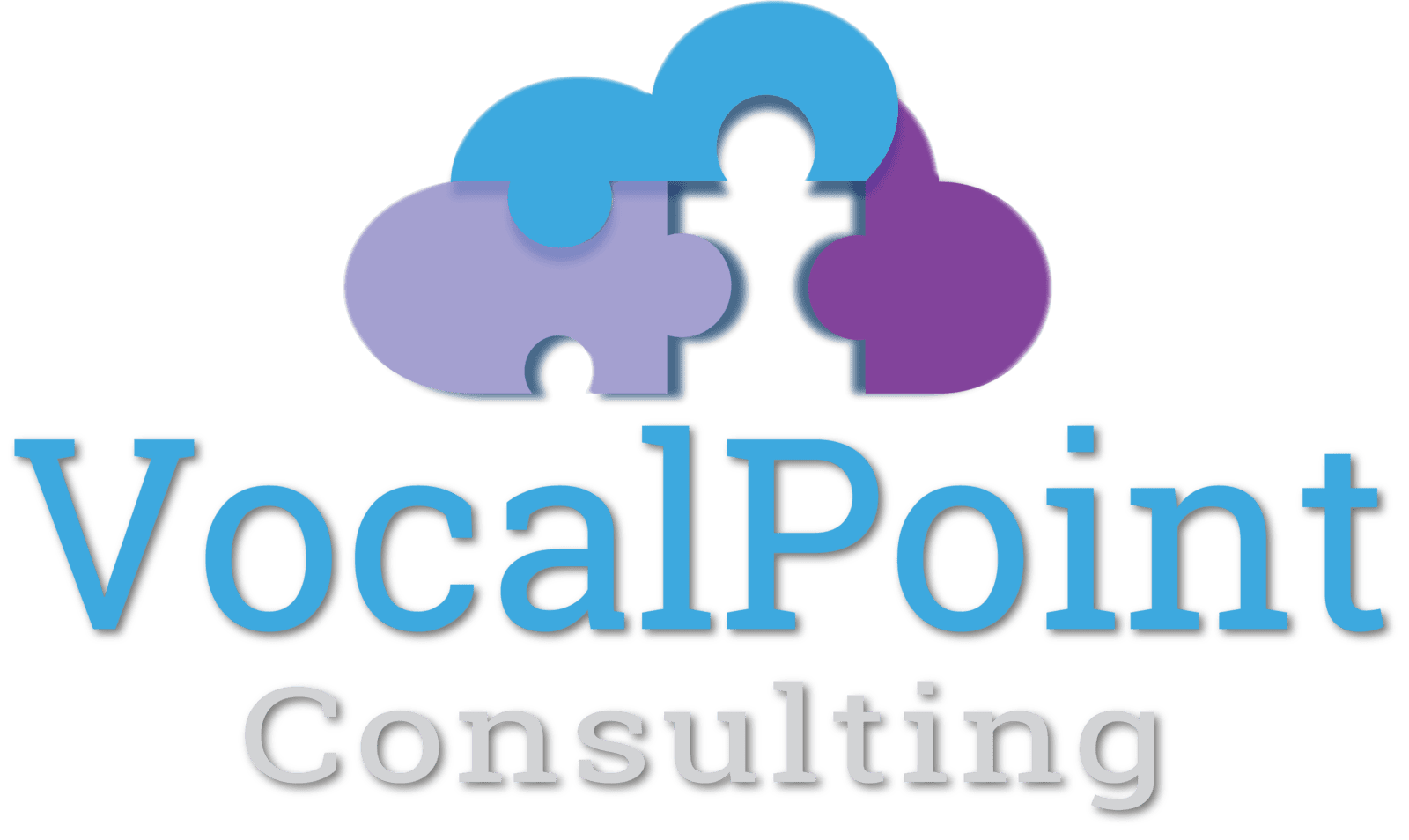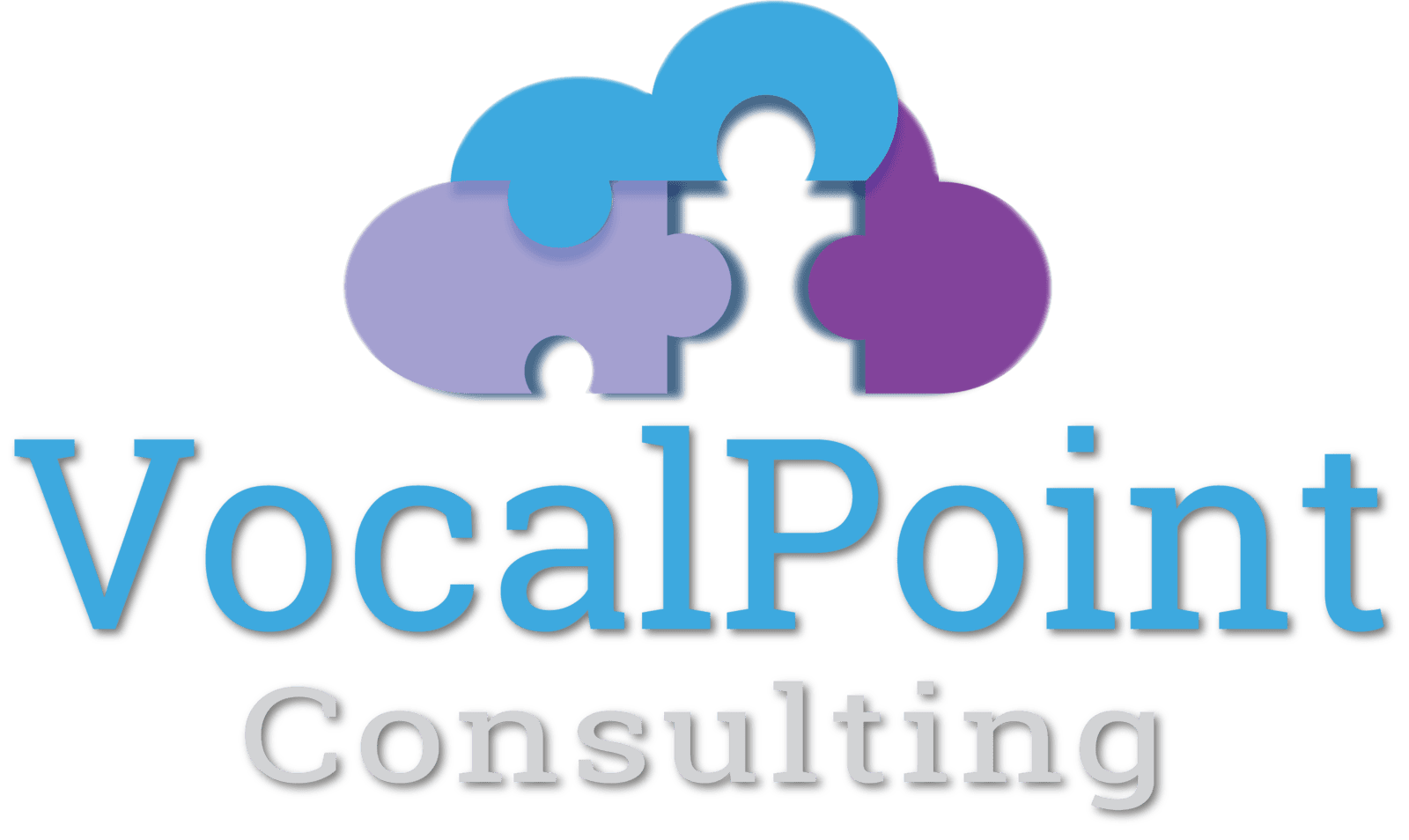VDI vs. DaaS: How to Choose the Right Approach
Today, having the right digital workspace available is essential. Many companies are still supporting remote teams, making traditional desktop environments impractical. Additionally, most industries are still experiencing varying degrees of upheaval, making operational agility a prime concern.
Since that’s the case, many organizations are exploring alternative computing environments. Often, that leads them to two viable options: virtual desktop infrastructure (VDI) and Desktop as a Service (DaaS). Determining which is best isn’t always straightforward, as each approach has its own benefits and drawbacks. If you’re trying to choose the ideal solution for your company, here’s how to figure out the right path for you.
VDI vs. DaaS: What’s the Difference?
Before you can determine if VDI or DaaS is the best strategy for your organization, you need to understand what each solution offers and how they differ. Both VDI and DaaS provide remote access capabilities, making them viable in most environments. However, they also stand apart in several ways.
VDI is a remote desktop solution that’s typically self-managed. Your IT department typically handles all of the maintenance, setups, upgrades, updates, and other forms of upkeep. However, the solution isn’t limited to your workplace. While VDI can run on on-premises servers, you can also use cloud-based or hybrid solutions if you prefer.
DaaS is fundamentally similar to VDI from a desktop operation standpoint. However, you can find fully hosted solutions in this category, hybrid options that provide management flexibility, or near-self-managed versions for the utmost control.
With DaaS, you typically get support from a third party when it comes to integrations, maintenance, and deployments. In some cases, the solution may be full-service, allowing it to serve as a substitute for a traditional IT department within a specific operational scope.
The Pros and Cons of VDI
With VDI, companies get clear benefits. Along with simplified desktop setup and management and remote access capabilities, there’s typically a long-term cost savings through reduced stress on end-user devices.
With on-premises servers, you have an environment dedicated solely to your needs with full control over your infrastructure, all while maintaining a streamlined experience for end-users across multiple devices. Additionally, the ability to keep systems internally managed can provide for additional data security, something that may be necessary for companies handling confidential or sensitive information.
As for drawbacks, while VDI offers remote capabilities, there can be network performance challenges for highly distributed teams. Additionally, you’ll need to maintain a fully capable IT team as well as shoulder a significant upfront cost.
In some cases, you can reduce some of the drawbacks by choosing a cloud-based or hybrid solution. However, in those scenarios, choosing DaaS could be the better choice.
The Pros and Cons of DaaS
When it comes to benefits, DaaS allows companies to get a VDI-like experience with additional support. Often, the provider assists with configurations, deployments, and maintenance, reducing the workload while providing a high-quality desktop experience. Classically, this solution is also incredibly scalable, as companies aren’t limited to internal server capabilities or restricted by existing infrastructure.
Managing DaaS is also straightforward, with companies having as much control as necessary to optimize their environment. In many cases, the cost is also lower overall, as well as highly predictable. Plus, since DaaS is a cloud-based solution, it can minimize data loss risk and improve overall accessibility.
As for downsides, since DaaS is more provider-based, companies don’t have complete control over various aspects of the underlying system. Additionally, most use a subscription model, leading to a long-term expense that you may not have with on-premises VDI.
VDI vs. DaaS: Deciding What’s Right for Your Company
Ultimately, both VDI and DaaS bring a lot to the table. Which one is best typically depends on your unique situation and priorities. If you’re looking for simplicity, scalability, and support, DaaS could be your better choice. For decentralized workforces or companies with limited IT personnel, DaaS may also be the winner.
If you prefer control, dedicated environments, and have data privacy concerns, VDI might be the best fit. Similarly, if your workforce is centralized and you’d like to reduce recurring costs, VDI is a strong match.
In most cases, your best bet is to explore both options. By doing so, you can see how each one impacts your environment, budget, and more, allowing you to find the right technology solution for your company.
If you're not sure which path is right for your organization, click on the link below and reach out to us. We'll be happy to answer any questions you might have.

